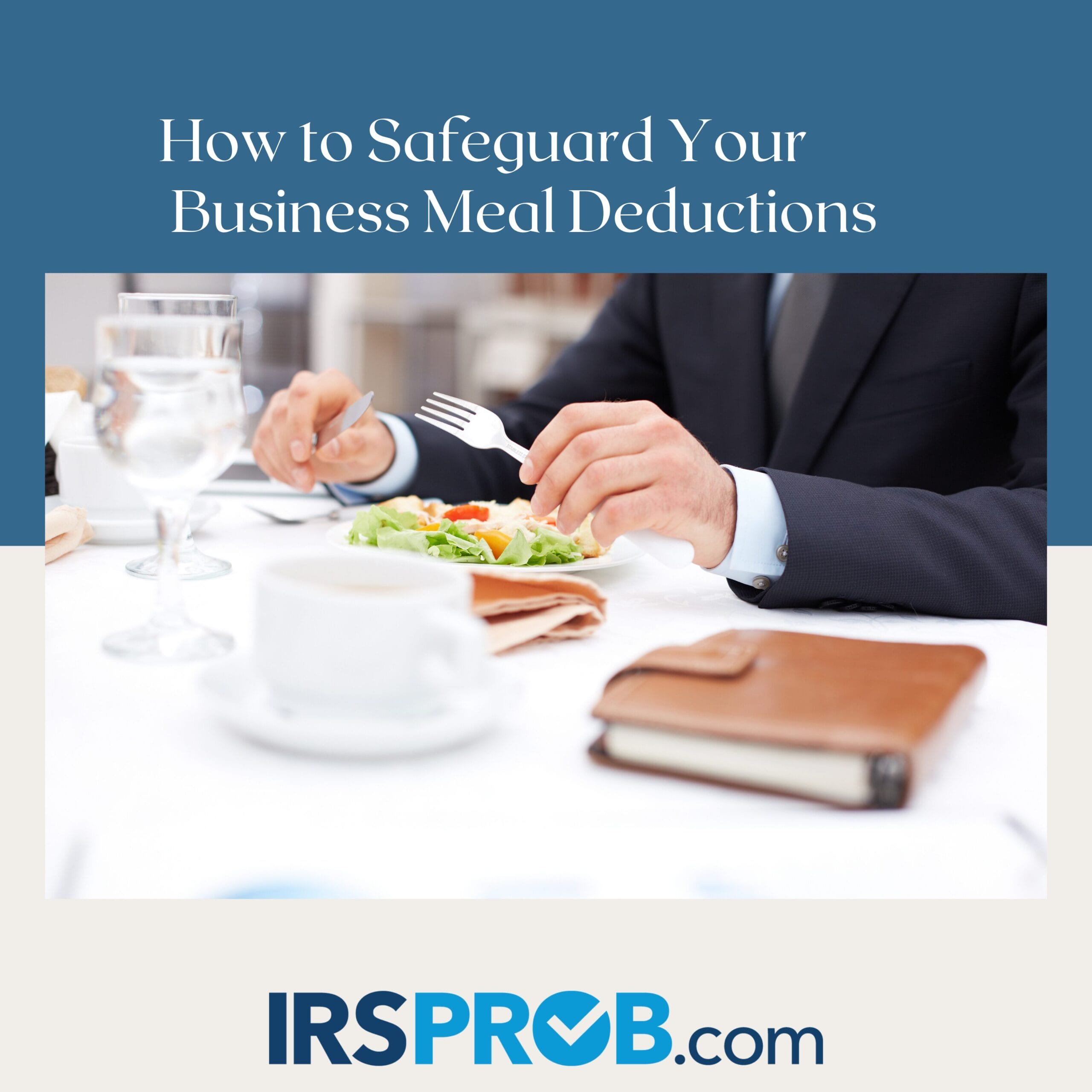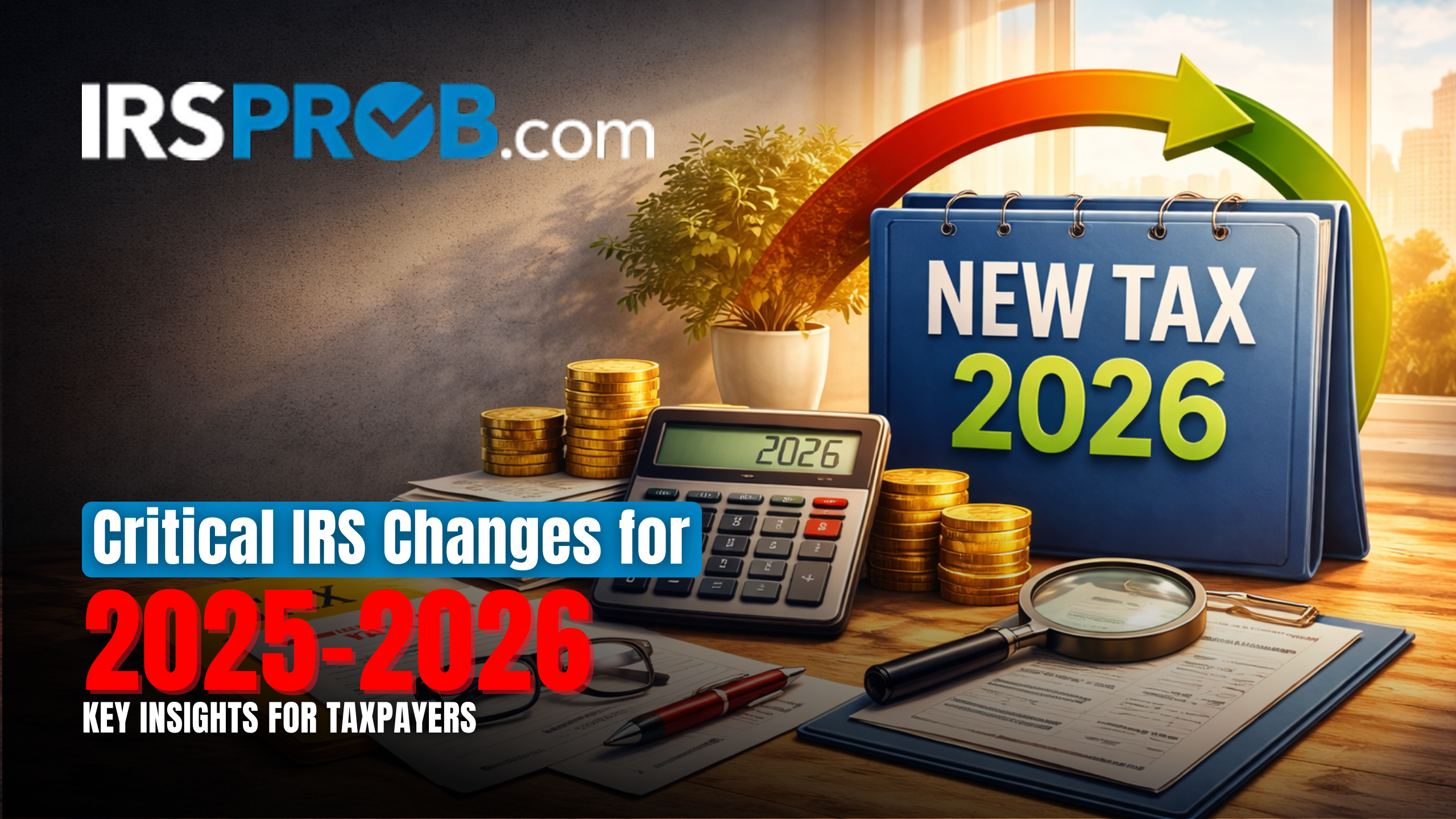When it comes to business meals, there’s a fine line between legitimate tax deductions and personal living expenses. This distinction is crucial, especially for those who frequently engage in Dutch-treat lunches with colleagues or attend member lunches at monthly chamber of commerce meetings. The interplay of two opposing tax laws adds complexity:
- The law that denies deductions for personal living expenses (such as food).
- The law that allows business meals as tax deductions.
This conflict is known as the “Sutter rule,” named after Dr. Sutter, who had an unfavorable experience with the Tax Court.
Understanding the Sutter Rule
The Sutter rule essentially states that if your business meal costs do not exceed your personal meal costs, the IRS can reduce or disallow your meal deductions. For example, if your Dutch-treat meal deductions for business entertainment total $12,000 for the year, and you could have had the same meals at home for $2,000, the IRS might reduce your meal deductions by $2,000 to $10,000, covering only the business portion that exceeds your personal meal costs.
In most cases, proving the exact cost of your personal meals is challenging. If you fail to do so, the IRS could disallow the full amount of your business meal deductions, as seen in the original Sutter case.
Triggers for a Sutter Attack
The IRS can invoke the Sutter rule at its discretion, typically targeting perceived abuse. Common triggers include:
- The wrong types of business meals.
- An excessive number of business meals without a clear business purpose.
The IRS has primarily applied the Sutter rule to in-town business meals, not to meals consumed during travel. However, excessive or inappropriate claims can still draw scrutiny.
Building Your Defense
To protect your business meal deductions, you need a robust defense based on logic and legislation.
Logic Defense:
- Prove Business Relevance: Document that your business meals were necessary and ordinary expenses related to your business operations.
- Show Excess Costs: Demonstrate that your business meal costs were higher than your personal meal costs. Keep detailed records of personal meal expenses for comparison.
Legislative Defense:
- Tax Reform Acts: Note the reductions in business meal deductions over the years (from 100% to 80% in 1986, and then to 50% in 1993) as legislative acknowledgment of the personal consumption element in business meals.
- Tax Cuts and Jobs Act: Understand that this act removed business meals from the definition of “entertainment,” providing some protection against disallowance based on personal benefit.
Documenting Your Business Meals
Proper documentation is critical. For each business meal, keep the following:
- Receipt: Shows the food and drinks consumed.
- Proof of Payment: Credit card receipt/statement or canceled check.
- Names of Attendees: Who you dined with.
- Business Reason: A short note explaining the business purpose (e.g., “Harry Smith, client, $100, maintain relationship”).
You have a Dutch-treat dinner with a client, costing you $100. Your receipt should note: “Harry Smith, client, $100 (my half), maintain relationship,” along with the detailed receipt and proof of payment.
By understanding these principles and preparing accordingly, you can safeguard your business meal deductions against IRS challenges and ensure compliance with tax laws.







